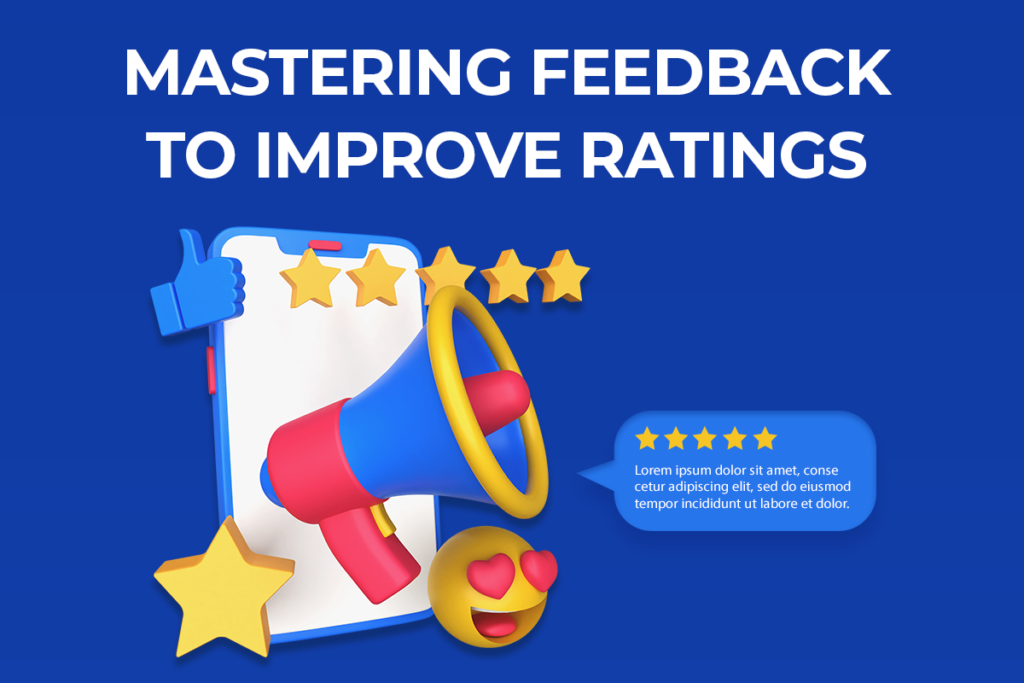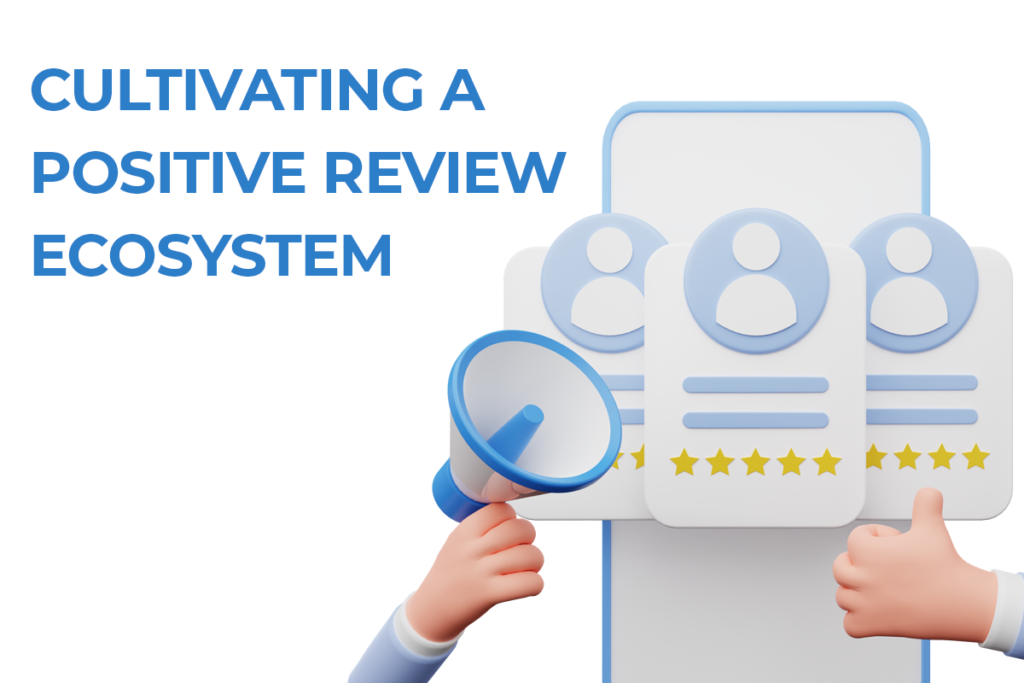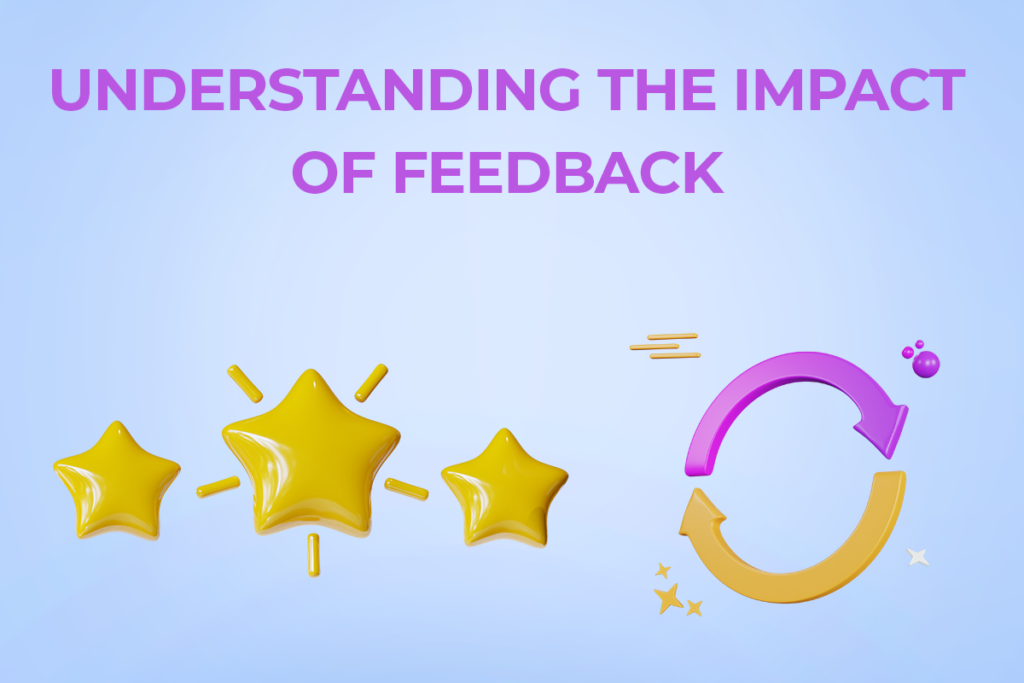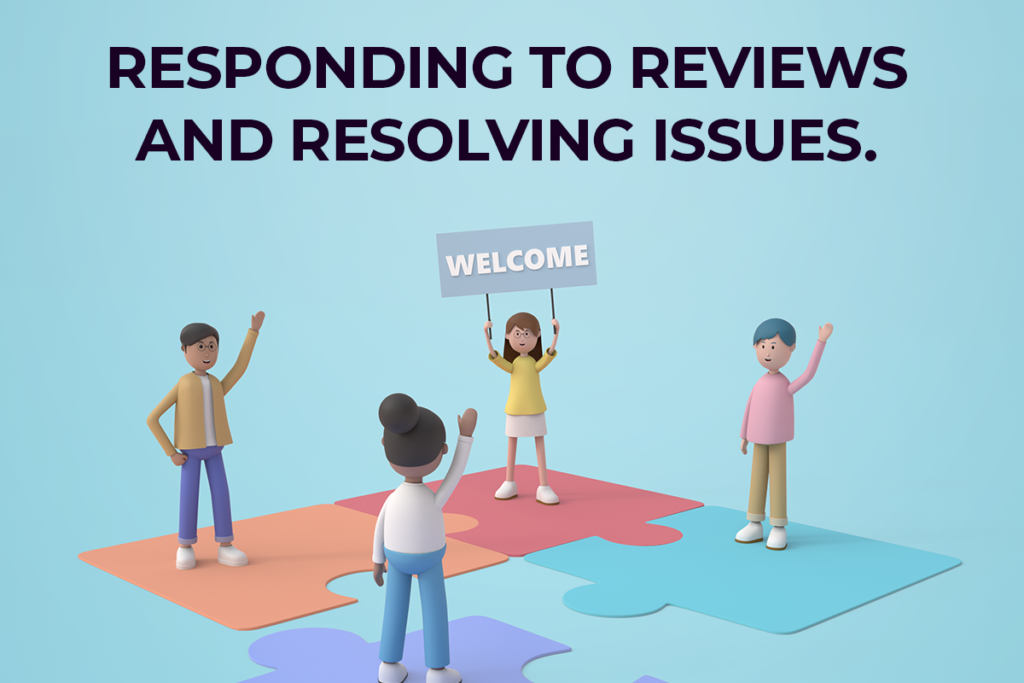
App Store Review Management: Handling Feedback and Improving Ratings
I. Introduction to App Store Review Management
In the competitive realm of the app market, app store reviews stand as a crucial pillar. They are not just reflections of user sentiment but serve as a beacon for app visibility and user trust. As app developers or business owners, understanding the weight of these reviews can elevate your mobile app’s success.
- App store reviews significantly influence potential users during their decision-making process.
- High ratings can boost app discoverability in an overcrowded marketplace.
- Trust is built on the back of user testimonials, making reviews a cornerstone of credibility.
Incorporating a strategic approach to managing these reviews is imperative. It should be an integral component of your mobile app marketing strategy. This involves more than just passively reading feedback; it’s about active engagement and thoughtful response.
- Develop a plan to monitor and respond to reviews regularly.
- Implement strategies that will harness reviews to your advantage.
- Embrace reviews as a two-way communication channel with users.
This article aims to dissect the art of app store review management. We will delve into techniques for cultivating a positive ecosystem, understanding feedback’s impact, and responding effectively. Additionally, we’ll explore tools that can streamline this process and measure the success of your efforts.
- Learn to encourage and leverage positive reviews to your benefit.
- Gain insights into transforming criticism into constructive development.
- Discover how to utilize reviews to continuously enhance your app.
By the end of this article, you will have a blueprint for handling feedback and improving ratings. This will not only advance your app’s performance but also fortify its standing in the app store. Let us embark on this journey of turning reviews into a powerful asset for your app’s growth.
II. Cultivating a Positive Review Ecosystem

Creating an environment where positive reviews flourish is crucial for any app’s success. These reviews do more than just bolster your app’s reputation; they also enhance app visibility in the app store. But how do we encourage satisfied users to share their experiences?
- In-app prompts are strategically timed messages that nudge users to review your app. Timing is everything. Consider asking for a review after the user has achieved something significant in-app.
- Rewards for reviews can be a powerful incentive. Offer tangible benefits like in-app currency or features in exchange for users taking the time to leave feedback.
Timely updates and fresh content also play key roles in maintaining a positive review ecosystem. They show that you value user input and are dedicated to providing a top-notch app experience.
- Regular updates signal to your users that you’re committed to improvement.
- Quality content keeps the user engaged and more likely to rate the app favorably.
Moreover, excellent customer service is indispensable. It can be the deciding factor between a positive and negative review.
- Customer service teams should be quick to respond to issues.
- Personalized support can transform a disgruntled user’s experience.
Next, we delve into the transformative power that both positive and negative app store reviews have on your app.
Understanding the Impact of Feedback
Feedback is a goldmine of insights, essential in steering the course of your app development.
- Positive feedback affirms what’s working well and can guide further enhancements.
- Negative feedback, while often daunting, sheds light on what needs to be improved.
Use this feedback loop to prioritize your app’s developmental roadmap. Feature requests and bug reports from users are particularly illuminating and should be addressed promptly.
- Integrate feedback analysis into your regular development cycles.
- Prioritize fixes and new features based on user suggestions.
Positive reviews don’t just boost morale; they’re invaluable marketing tools.
- Displaying user testimonials can attract new users.
- Social proof in the form of glowing reviews can significantly enhance credibility.
Understanding the weight of feedback is only the beginning. Next, we must learn to respond to reviews effectively.
Responding to Reviews: Best Practices
The way you respond to reviews can set the tone for your relationship with users.
- Every review deserves acknowledgment, whether it’s a simple ‘thank you’ or a detailed response.
- Negative reviews require special attention — address them promptly and with empathy.
Crafting the right response can turn a disgruntled user into a loyal advocate.
- Demonstrate that you value feedback and are committed to improvement.
- Show that your team is actively working to resolve any issues mentioned in negative reviews.
Lastly, your approach to mitigating negative reviews can boost your app’s image.
- Be transparent about the steps you’re taking to address pain points.
- Offer solutions or workarounds whenever possible.
Embracing best practices in responding to reviews can enhance user trust and loyalty. Following these guidelines will also help mitigate the impact of negative reviews.
Further along, we’ll explore the tools and services that can help manage and respond to app store reviews effectively.
III. Understanding the Impact of Feedback

App store feedback is not just a measure of user satisfaction; it’s a goldmine of insights. Positive and negative reviews alike can guide developers in refining their apps. Here’s how feedback impacts app improvement:
- Positive feedback highlights what users love, signaling areas to maintain or enhance.
- Negative reviews expose flaws, providing a clear direction for necessary changes.
Developers can harness this feedback to prioritize app development tasks. For instance:
- Feature requests from reviews can inform the app’s roadmap.
- Bug reports from users can help pinpoint and prioritize fixes.
Moreover, positive reviews serve a dual purpose. They not only guide development but also act as powerful marketing tools. When leveraged correctly:
- Positive reviews can be featured in promotional materials.
- Testimonials from satisfied users enhance social proof, attracting new users.
Responding to Reviews: Best Practices
Acknowledging reviews is a critical aspect of customer engagement. Here’s how to respond effectively:
- Always thank users for their feedback, regardless of its nature.
- Address negative reviews with professionalism and empathy.
Crafting responses to negative feedback is an art that can turn critics into advocates. Key tips include:
- Offering apologies for any issues experienced.
- Providing solutions or workarounds to the reported problems.
This approach can transform a negative situation into a showcase of excellent customer service. It demonstrates:
- A commitment to user satisfaction.
- An open and responsive brand image.
Tools and Services for Review Management
Managing app store reviews can be streamlined with the right tools. Many services are available to aid developers:
- Automated analysis tools can sift through feedback for recurring themes.
- Some platforms offer templated responses to common review types.
However, developers must weigh the pros and cons of external services versus in-house management:
- Professional services offer expertise but may lack a personal touch.
- In-house responses ensure brand voice consistency but can be resource-intensive.
Measuring Success in Review Management
To gauge the effectiveness of review management strategies, developers should track key metrics:
- Response time to reviews can affect user perception and satisfaction.
- Changes in app store ratings can indicate the success of improvements.
These metrics can inform broader marketing and development decisions. For example:
- Identifying which features drive positive reviews can guide marketing messages.
- Understanding common complaints can help avoid future pitfalls.
Setting realistic goals for ratings improvement is essential. Developers should aim for gradual progress, focusing on:
- Consistent quality in updates and responses.
- Long-term user satisfaction over quick fixes.
IV. Responding to Reviews: Best Practices

Responding to reviews is a critical component of app store review management. By engaging with user feedback, developers can foster a sense of community and show they value customer input. Here’s how to approach this task with finesse:
Acknowledging All Reviews
First and foremost, it’s essential to recognize every review. This includes:
- Thanking users for their positive comments.
- Addressing the concerns raised in negative reviews.
Acknowledgment signals to users that their opinions matter. It can also enhance the app’s reputation for excellent customer service.
Crafting Responses to Negative Reviews
When it comes to negative feedback, a thoughtful approach can make all the difference:
- Respond professionally, without getting defensive.
- Show empathy and understanding of the user’s issue.
- Offer solutions or ask for further details to resolve the problem.
An effective response to a negative review can sometimes turn a dissatisfied user into a loyal advocate.
Turning Feedback into Opportunity
Negative reviews shouldn’t be feared; they are opportunities for growth:
- Analyze the common complaints and prioritize them for your development team.
- Update users when their feedback has resulted in changes or fixes.
- Use negative reviews to showcase your commitment to continual improvement.
By demonstrating a proactive stance on user feedback, you can mitigate the impact of negative reviews and potentially improve your app’s rating.
Remember, review management is an ongoing process. It requires diligence, tact, and a commitment to using feedback constructively. Implementing these best practices can lead to an enhanced user experience and, consequently, better app store performance.
V. Tools and Services for Review Management
Navigating the world of app store reviews can be complex. Fortunately, there’s a plethora of tools and services designed to streamline this process. These solutions can significantly enhance the efficiency of managing app store feedback. In this section, we’ll explore the options available to developers and how they can elevate your app store review management strategy.
Overview of various app store review management tools and services available
There’s a range of app store review management tools that cater to different needs. These include:
- Automated review monitoring: Software that aggregates reviews from multiple app stores and presents them in a single dashboard.
- Sentiment analysis tools: These use AI to gauge the mood of the feedback, helping you understand user sentiment at scale.
- Response templates: Pre-crafted messages that can be personalized and used to respond quickly to common feedback themes.
- Analytics integration: Combining review data with app usage analytics to draw correlations and insights.
Each of these tools serves a specific purpose in the app review management ecosystem, making it easier to maintain a pulse on user sentiment and respond accordingly.
Discussing how automation can assist with review analysis and response strategies
Automation plays a pivotal role in efficiently managing app store reviews. Here’s how:
- Immediate notifications: Get alerted the moment a review is posted, allowing for swift action.
- Auto-response features: Automatically respond to certain types of reviews to save time.
- Trend spotting: Automated tools can identify common issues or praises, helping you prioritize app updates.
By leveraging automation, app developers can ensure that no user feedback goes unnoticed and that they can react promptly to any emerging issues.
Pros and cons of using professional services versus in-house management
Deciding between professional services and in-house management depends on various factors:
Pros of professional services:
- Expertise in managing and responding to reviews.
- Access to advanced tools and analytics.
- Time saved that can be invested in app development.
Cons of professional services:
- Can be costly for small app developers.
- Less direct control over the review response process.
Pros of in-house management:
- Full control over responses and strategy.
- Direct interaction with users can provide more personalized feedback.
Cons of in-house management:
- Time-consuming and may require dedicated staff.
- May lack the sophisticated tools that professional services offer.
Choosing the right approach requires careful consideration of your app’s specific needs and resources.
Transitioning smoothly, it’s evident that tools and services are vital for efficient review management. However, the true measure of success lies in how these tools are utilized to influence broader app marketing and development strategies, which we shall explore in the next section.
VI. Measuring Success in Review Management
To effectively navigate the world of app store review management, it’s vital to measure your success. Establishing key performance indicators (KPIs) will provide a clear picture of how well you’re doing.
- Track the volume of reviews: More feedback often means higher engagement.
- Monitor changes in star ratings: A rising average indicates improvement.
- Analyze sentiment trends: Positive or negative shifts can guide your strategy.
These metrics serve as a compass, guiding your mobile app marketing and development efforts. Regularly reviewing these indicators helps you understand the impact of your actions. For instance:
- A surge in positive reviews may correlate with a recent update.
- Negative feedback might reveal a bug that slipped through quality assurance.
By linking review data to changes in your app, you gain actionable insights. Moreover, this data informs broader strategies:
- Identifying popular features can shape your marketing campaigns.
- User grievances can lead to a more user-centric development roadmap.
By staying attuned to this feedback loop, you can prioritize effectively. Setting realistic goals for app store ratings is a crucial step. Aim for gradual improvement, rather than overnight perfection.
- Set short-term and long-term targets: This helps maintain focus and momentum.
- Celebrate small victories: Each step forward is progress.
Remember, it’s a marathon, not a sprint. Growth and improvement take time.
Conclusion: Continuous Improvement Through Reviews
In summary, app store review management is an essential component of a mobile app’s success, serving as the foundation of user engagement and improvement. By actively listening to user feedback, acknowledging each review, and responding with empathy and solutions, developers can transform potentially negative experiences into opportunities for growth and create a stronger, more positive relationship with their audience. It’s not enough to simply accumulate reviews; developers must also analyze trends, prioritize development based on user suggestions, and integrate insights into broader marketing and development strategies. In doing so, they foster a cycle of continuous improvement that elevates both the app’s quality and its standing in the competitive app marketplace.
Embracing the right mix of tools and practices is key to managing this process efficiently. Automation and professional services can offer substantial benefits, but the choice between these and in-house management should be tailored to the app’s specific needs and resources. Measuring success through KPIs such as review volume, star rating changes, and sentiment trends allows developers to gauge the impact of their strategies and adjust accordingly. Ultimately, setting realistic goals and celebrating each step forward fosters a culture of gradual, sustainable improvement. By adopting a hands-on, strategic approach to app store reviews, developers can ensure their mobile apps thrive and resonate with users, utilizing reviews not as mere feedback but as the lifeblood of app store optimization and user satisfaction.
Please feel free to Contact Us in case you need any guidance regarding your app marketing needs.
FAQ: App Store Review Management
Why are app store reviews so important for my mobile app?
App store reviews are crucial because they directly influence your app’s visibility in the app store search results and top charts. Positive reviews can also build user trust, as potential users often check ratings and read reviews before deciding to download an app. They serve as social proof that can sway user decisions.
How can I encourage users to leave positive reviews for my app?
You can encourage users to leave positive reviews by implementing in-app prompts that ask for feedback at the right time, such as after a positive user experience. Offering rewards or incentives for leaving a review can also be effective. Ensure that your app provides value, operates smoothly, and that you release timely updates to maintain user satisfaction.
Should I respond to all app store reviews, even negative ones?
Yes, it is best practice to respond to all reviews, as this shows that you value user feedback and are committed to improving your app. While it’s easy to thank someone for a positive review, responding to negative reviews professionally and empathetically can turn a negative experience into a positive one and often leads to improved ratings.
What are some best practices for responding to negative reviews?
When responding to negative reviews, always be professional and courteous. Acknowledge the user’s concerns, apologize for any inconvenience, and offer a solution or ask for more details if necessary. It’s also helpful to take the conversation offline by providing contact information for further support.
Can negative feedback be beneficial to my app?
Yes, negative feedback is valuable because it highlights areas where your app may need improvement. It can guide your development priorities, help you identify and fix bugs, and inform new features that users are requesting. Viewing negative feedback as constructive criticism can lead to a better app and enhanced user experiences.
What tools or services can help with app store review management?
There are various tools and services available that can help manage app store reviews, such as App Annie, Sensor Tower, and AppFollow. These platforms offer features like review analytics, automated responses, sentiment analysis, and translation services. You can choose between using these tools or handling reviews in-house, depending on your resources and needs.
What metrics should I track to measure the success of my review management efforts?
Key metrics include the number of reviews, the average star rating, the frequency of reviews, and the ratio of positive to negative feedback. You can also track changes in app downloads and user engagement as indirect measures of the impact of your review management strategies.
How do I set realistic goals for app store ratings?
Setting realistic goals involves analyzing your current app performance, understanding industry benchmarks, and considering the volume of your user base. Aim for gradual improvements over time rather than overnight success. It’s important to set achievable targets and adjust your strategies based on the results you observe.
How often should I check my app store reviews?
It’s best to monitor your app store reviews regularly. Depending on the volume of feedback you receive, this might mean daily or weekly check-ins. Staying on top of reviews allows you to respond promptly and keep a pulse on user sentiment, which is vital for maintaining a positive review ecosystem.
Can I remove negative reviews from the app store?
Generally, you cannot remove negative reviews from the app store unless they violate the platform’s guidelines, such as containing offensive content or spam. Instead of trying to remove them, focus on addressing the issues raised and improving your app in response to the feedback. This approach can lead to the user updating or removing their negative review themselves.




Hi,
We are looking to create an app for our website:
vitoconcierge.com
looking forward.
Best wishes,
Vito
January 12, 2024 at 1:46 am